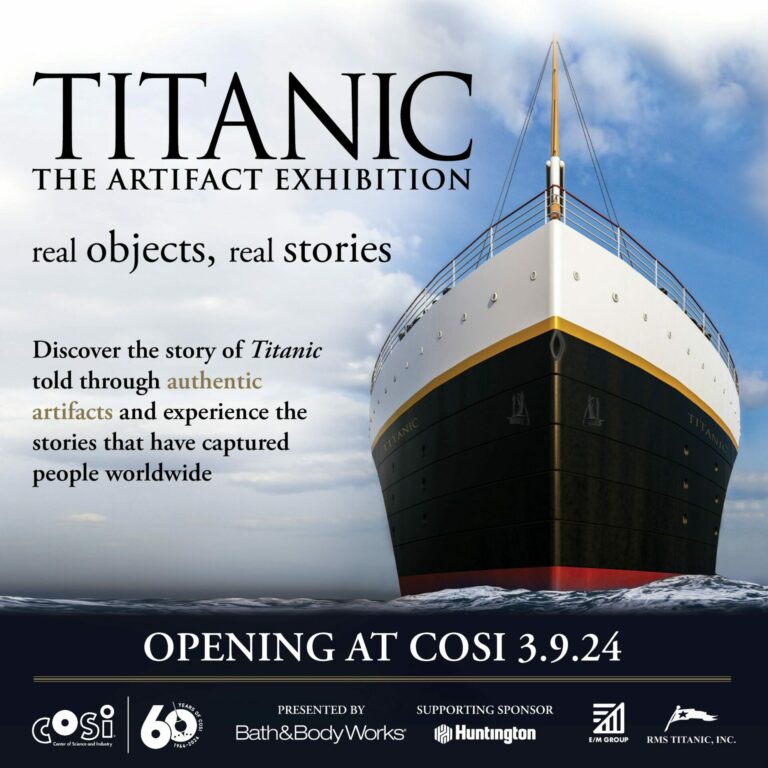
The Ironman Triathlon, perhaps the ultimate endurance test, is a three-part series of incredibly challenging athletic events completed back to back to back. Participants must endure a 2.4-mile swim and a 112-mile bike, followed immediately by a full marathon (26.2 miles).
While elite athletes can complete an Ironman Triathlon in around 9 hours, the average athlete will complete the entire course in somewhere between 14 and 16 hours. All competitors, however, must finish the race in under 17 hours.
Until recently, I never considered myself an athlete and still struggle to confidently declare that title. But I am determined and I do not quit. With that dedication, I have managed to finish a marathon and climb Mt. Kilimanjaro. I am not extraordinarily strong or fast or talented by any means. Like most individuals, I would consider myself a normal person, with a normal gym routine and moderate fitness goals.

But the desire to become better, to push myself both mentally and physically, has grown stronger and stronger. After all, I am just an average person, seemingly able to achieve abnormal feats. The question, just how far can I go, presses me past boundaries I previously imagined impossible.
Six years ago, I began training for my very first 5k (3.1 miles), a distance that at the time seemed unattainable. This year, my boyfriend James and I will take on the next impossible journey: The Ironman, 140.6 miles, this October in Louisville, Kentucky.
A quick Google search will populate multiple training programs, blogs of advice, and success stories. Dependent upon a competitor’s training history, programs vary in length and in focus. For beginners, a minimum of 24 weeks of training is recommended. We, for all our physical accomplishments, are definitely beginners. That’s how challenging the Ironman is: It is not enough to be able to complete just a full marathon, but you must swim and bike a combined 114 miles first, and then run 26 miles. And somehow, you are not only expected to survive this physical gauntlet, but complete it in under the allotted course time.

Our training program was selected based upon our strengths and weaknesses. As runners and recent marathon finishers, our plan focuses less on running and more on swimming and biking, and the transition between the two. In our first month of training, roughly nine months out, the most important piece of our training is learning how to swim properly.
While some Ironman hopefuls elect to find a coach and undergo a regimented, formal training program, the financial cost of a coach quickly multiplies the already expensive endeavor that is an Ironman. Instead of hiring a coach, we have chosen to find mentors, athletes who have completed triathlons and Ironman competitions, utilizing their experience and knowledge to better our own training.
In addition to their generous advice, we have Youtube. It may sound crazy to prepare for such an extreme event by relying on the internet, but Youtube offers great value. Countless videos break down proper swim techniques, along with corresponding training drills for better form.

With nine months to go, we have the time to better prepare ourselves and to learn how to properly swim freestyle. It also allows for us to ease into what will soon become an everyday effort. By selecting a race so far in advance, we are afforded the time to choose a proper gym with a pool, research the best bikes, and save for the costly entrance fees and necessary gear.
At six months out, the recommended weekly training will increase. All workouts until this point will be done just to prepare physically for this start, averaging about 10 hours of training per week. This breaks down to a six-day workout regimen, with one day off.
Each day has a designated event practiced twice a week, for roughly one hour each day. At five months out, the time dedicated to each discipline increases about 10 percent. This continues to build each month, eventually leading to longer and longer training sessions where disciplines are practiced back to back.

Consistency will be key in these workouts. Endurance is built through continuous performance. More important, however, is the mental fortitude solidified in the small-scale accomplishments. Without a strong belief in oneself, forged during months of dedicated training, the muscle cramps and fatigue of race day may seem to be a pending sign of failure, rather than a normal part of the literal course.
While it is still early in our Ironman journey, the next few months promise to challenge us in ways not previously imagined possible. Like all great challenges, the experience gained is often times more fulfilling than the eventual outcome. Although we are months away from completing an Ironman, it is the training we will undertake today that earns us the title come October.
Ironman Training






